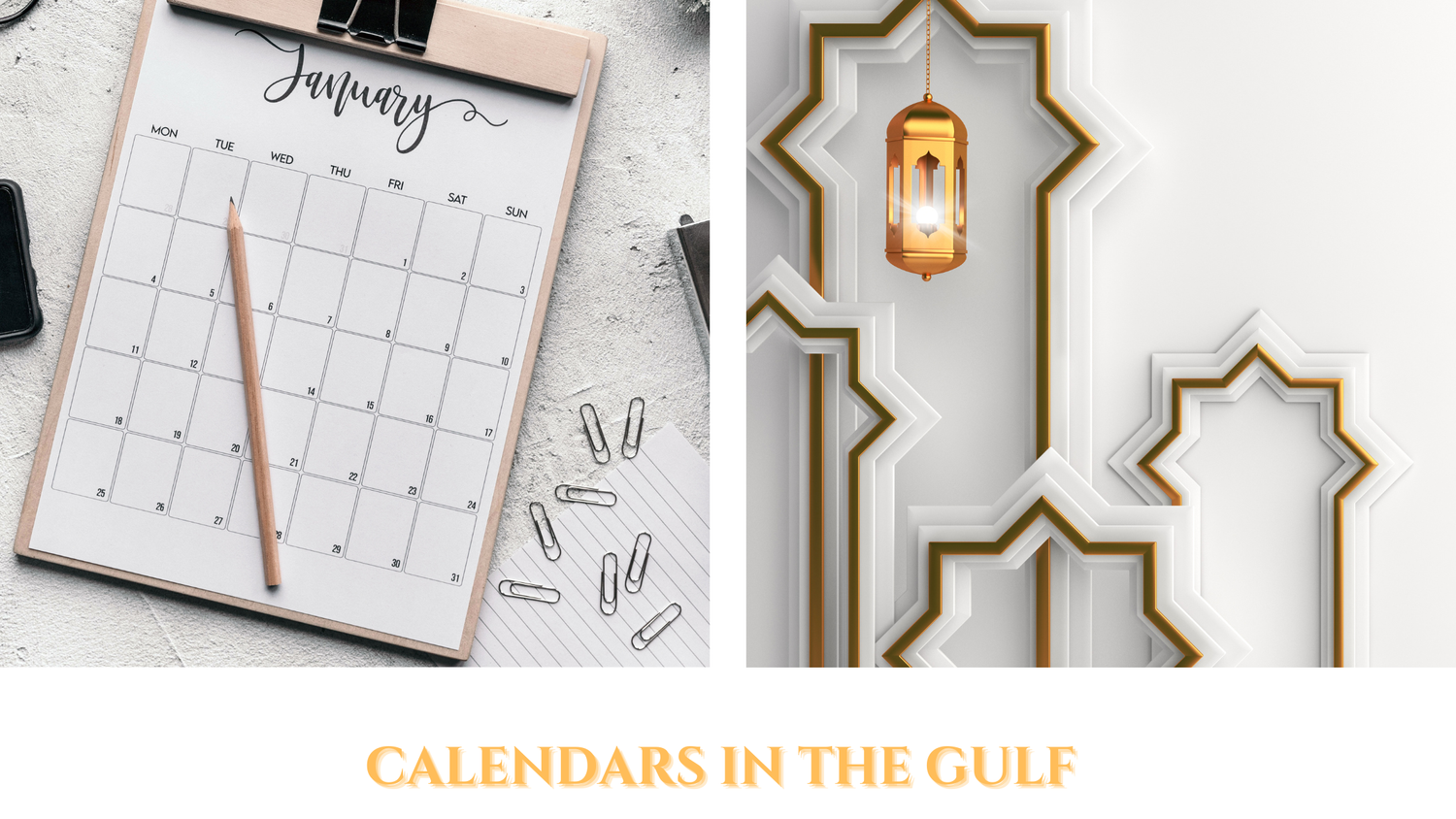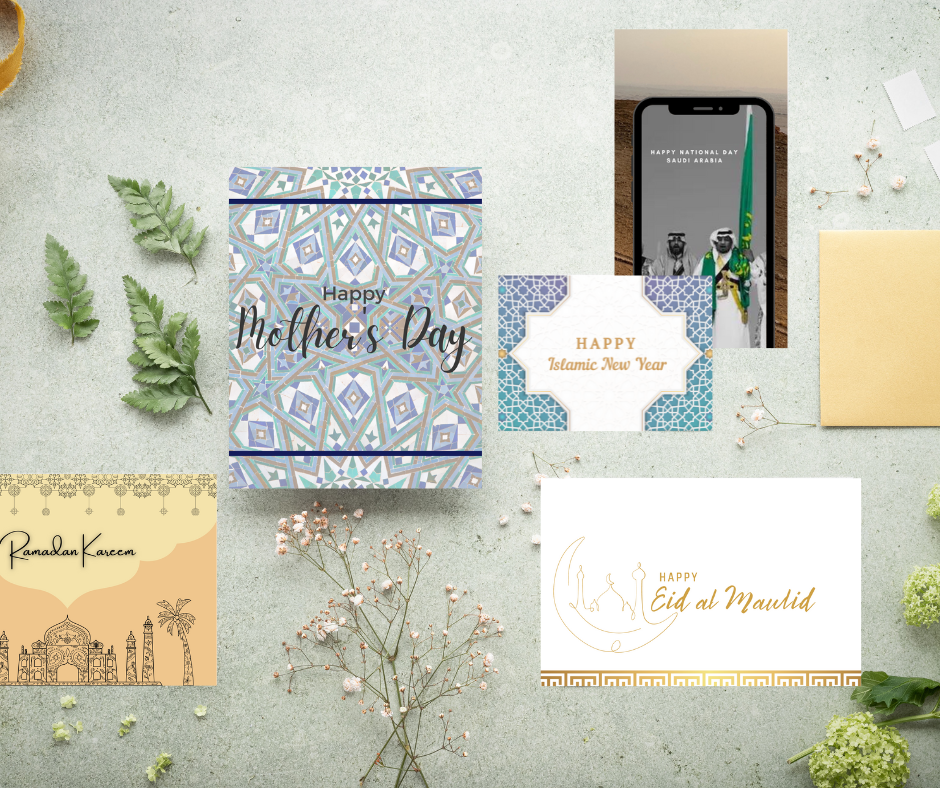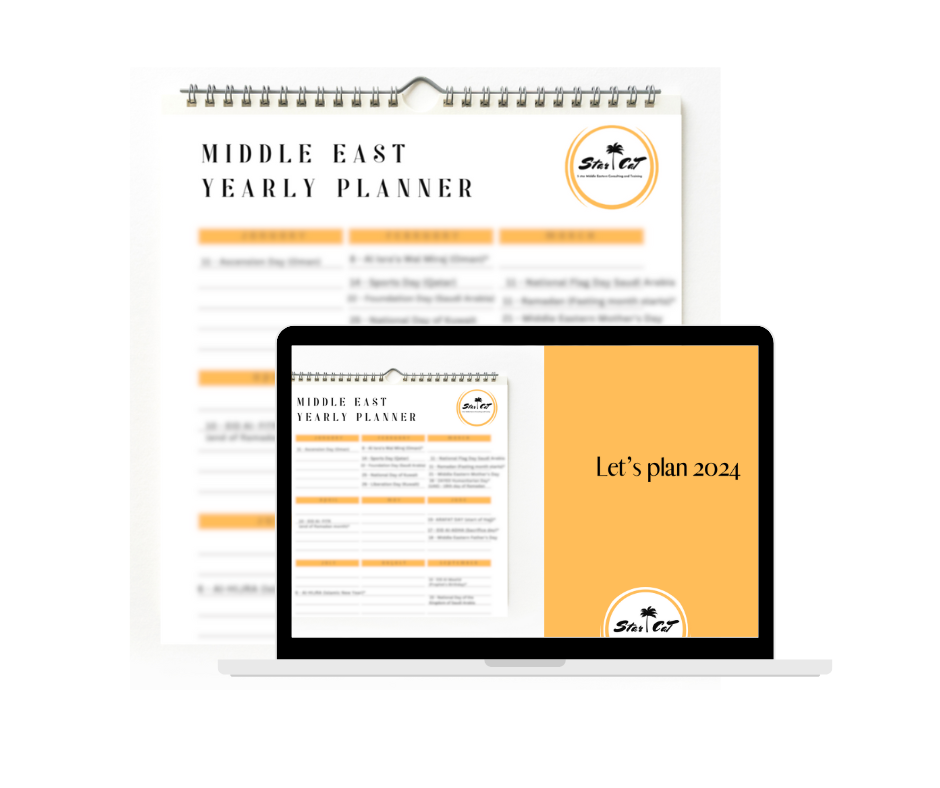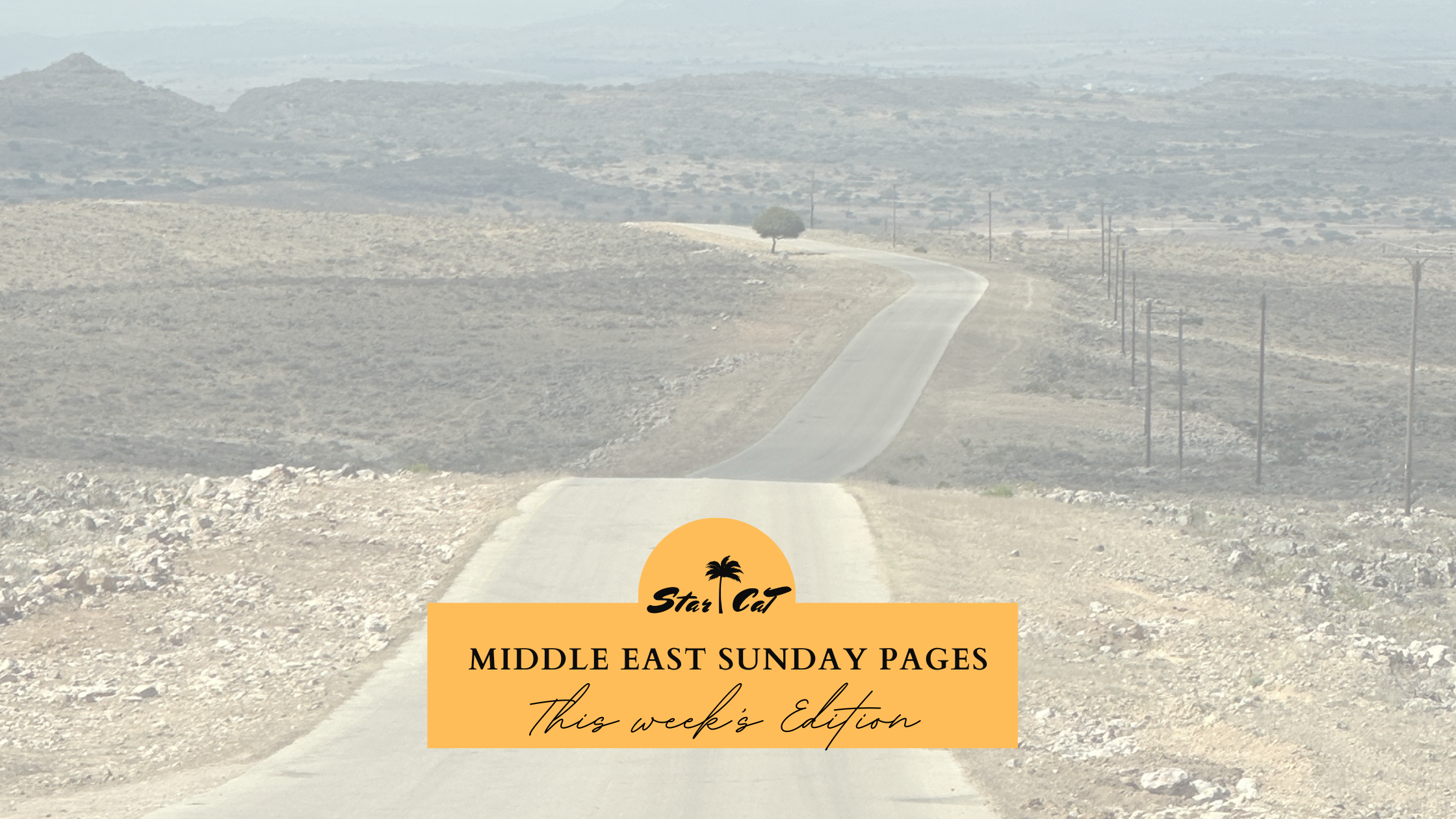
Understanding the different Calendars in the Gulf
The Middle East, a region steeped in history and culture, has been a crossroads of civilisations for centuries. This rich tapestry is reflected not just in the languages, customs, and traditions, but also in the way time is measured. From the ancient lunar Hijri calendar to the modern Gregorian system, the Middle East’s calendars tell a story of cultural intermingling and historical evolution.
There are some dates that are the same for all of the Gulf countries but there are some that are just specific to one country. We have compiled the The Ultimate 2025 Middle East Dates Planner and MasterClass for 2025 so you can plan ahead and prepare for the New Year. Download yours today!
The Islamic Hijri Calendar: A Lunar Legacy
The Islamic Hijri calendar, central to the life of Muslims, is based on the lunar cycle. It commemorates the Hijra, the migration of The Prophet Muhammad from Mecca to Medina in 622 CE, which marks the beginning of the Islamic era. This calendar consists of 12 lunar months, totalling approximately 354 or 355 days, making it shorter than the solar year by about 11 days.
Religious Observances and the Hijri Calendar
The Hijri calendar dictates the timing of Islamic rituals and festivals. Ramadan, the month of fasting, Eid al-Fitr, the celebration marking the end of Ramadan, and Eid al-Adha, the festival of sacrifice, all depend on the lunar calendar. The dates of these events rotate through the Gregorian year, providing a rhythmic variation to Islamic life and observances.
Cultural Impact of the Hijri Calendar
In many Middle Eastern countries, the Hijri calendar is used alongside the Gregorian calendar, particularly for religious and cultural events. Its cyclical nature, differing from the solar calendar, adds a dynamic element to the cultural fabric of Islamic societies.
Get ready for 2025 with our Ultimate 2025 Middle East Dates Planner. ⬇️

The Gregorian Calendar: A Solar Counterpart
The Gregorian calendar, named after Pope Gregory XIII, who introduced it in 1582, is a solar calendar. It is used globally for civil purposes and has been adopted in the Middle East for governmental, business, and educational activities. This calendar consists of 12 months and a regular year of 365 days, with a leap year every four years to align with the solar year.
Integration of the Gregorian Calendar in the Middle East
While the Hijri calendar remains vital for religious and cultural purposes, the Gregorian calendar’s adoption reflects the Middle East’s integration into the global community. It facilitates international trade, communication, and education, playing a key role in the region’s modernisation and development.
Balancing Two Calendars
In many Middle Eastern countries, both calendars coexist, each serving distinct purposes. Official documents, academic calendars, and business dealings often follow the Gregorian calendar, while religious events and festivals follow the Hijri calendar. This duality is a unique feature of the region, showcasing its ability to blend tradition and modernity.
The simultaneous use of the Hijri and Gregorian calendars in the Middle East illustrates the region’s diverse cultural and religious landscape. It reflects a society that honours its past while engaging with the global present, a place where history and modernity coalesce.
Educational, Economic and Social Dynamics
In educational settings, understanding both calendars is essential. Students learn to navigate these systems, gaining a sense of the cultural and historical context that shapes their lives. This dual calendar literacy is a distinctive aspect of education in the Middle East.
The interplay of these two calendars also influences the economic and social dynamics of the region. Businesses and governments plan their activities considering both systems, ensuring that religious observances are respected while maintaining alignment with international standards.
The Islamic Hijri and Gregorian calendars are more than just systems of timekeeping in the Middle East; they are symbols of a region’s identity. They represent a society deeply rooted in its traditions, yet open to global influences. Understanding these calendars is key to appreciating the complexity and richness of the Middle Eastern cultural landscape. As timekeepers of history, they remind us of the region’s journey through ages, its enduring legacy, and its evolving future.
When planning trips or communicating with clients it is vital that you understand what holidays are happening at that time. Some holidays change every year and some conform to the Gregorian Calendar and some to the Islamic calendar. To help you with understand what this means for 2024, we have compiled the The Ultimate 2025 Middle East Dates Planner and MasterClass for 2025. We have also created a complete 2025 Template Pack so you can send appropriate greeting cards. ⬇️

The Jewish Calendar: A Blend of Lunar and Solar
The Jewish calendar, another vital calendar in the Middle East, particularly in Israel, is a lunisolar calendar. It aligns lunar months with the solar year, ensuring that festivals like Passover, Rosh Hashanah, and Yom Kippur fall in specific seasons. This calendar embodies the ancient Jewish tradition of harmonising lunar cycles with the solar year.
The Persian Solar Hijri Calendar
Iran and Afghanistan use the Solar Hijri calendar, which is based on the solar year. This calendar has its roots in ancient Persian timekeeping and is unique in its reliance on the sun rather than the moon. It begins on the vernal equinox, with Nowruz, the Persian New Year, marking the first day of the year.
The Coptic Calendar of Egypt
The Coptic calendar, used primarily by the Coptic Orthodox Church of Egypt, is another fascinating example of regional timekeeping. Descended from the ancient Egyptian calendar, it is based on the solar cycle and is used to determine the dates of Christian feasts, including Christmas and Easter.
Ancient Calendars: The Legacy of Mesopotamia
The Middle East is also home to some of the world’s oldest calendars. The ancient Mesopotamian calendar, for instance, influenced many regional timekeeping systems. It was a lunisolar calendar with intercalary months to align the lunar and solar years, showcasing the advanced astronomical understanding of ancient civilisations.
The Influence of Calendars
Calendars in the Middle East are deeply intertwined with cultural and religious festivals. Islamic, Jewish, Christian, and Persian holidays all follow their respective calendars, each contributing to the region’s diverse cultural landscape.
Astronomy has played a crucial role in the development of calendars in the Middle East. Ancient astronomers in Mesopotamia, Persia, and Egypt laid the groundwork for sophisticated timekeeping, which influenced calendars throughout the region and beyond.
In the modern Middle East, the coexistence of multiple calendars presents unique challenges. Balancing religious observances with the demands of the global economy requires a careful synchronisation of the Hijri, Gregorian, and other regional calendars.
The educational systems in the Middle East often reflect the diversity of calendars. Academic years and holidays are planned around both the Gregorian and the respective religious or cultural calendars, accommodating the multifaceted nature of timekeeping in the region.
Calendars in the Middle East are more than just tools for marking time; they are symbols of cultural and religious identity. Each calendar represents a rich historical narrative and is a source of pride and continuity for its community and therefore when doing business there, it is vital to know what the key dates are. You can get our The Ultimate 2025 Middle East Dates Planner and MasterClass for 2025 HERE.
The Role of Technology in Modern Timekeeping
With the advent of technology, the way calendars are used in the Middle East is changing. Digital platforms and apps now offer easy conversions between different calendars, facilitating the coexistence of multiple timekeeping systems in everyday life.
As the Middle East continues to integrate into the global community, the interplay between regional and international calendars will evolve further. it is more common now to send Greetings on social media and we have created a 2025 Template Pack for you so you can schedule everything ahead of time.

The diverse calendars of the Middle East are a testament to the region’s rich historical and cultural legacy. They embody the spiritual, astronomical, and cultural knowledge accumulated over millennia, offering a unique perspective on how time is perceived and celebrated.
So all that is left to do is to plan your 2025 and we are here to support you.



